" Half laughing, half angry"
At that time, it was just past 9:00 a.m., when the Vietnamese tourist group was standing in front of the Sanxingdui Relic Museum.
The Sanxingdui archaeological site is located in Sanxingdui town, Guanghan city, Sichuan province, China. The brief information provided by the Sichuan Provincial Foreign Affairs Office reveals some of the "best" features of this site dating back to 4,500 - 2,800 BC: the widest distribution, the richest cultural connotation... One day in early spring 1929, a farmer went to the field and accidentally discovered a pile of beautiful and exquisite jade objects, and from then on, the Sanxingdui civilization of ancient Shu was awakened. But it took another 60 years, when more than 1,000 rare artifacts were discovered, for the world of antiques to be truly shaken by the exquisite and mysterious artifacts.
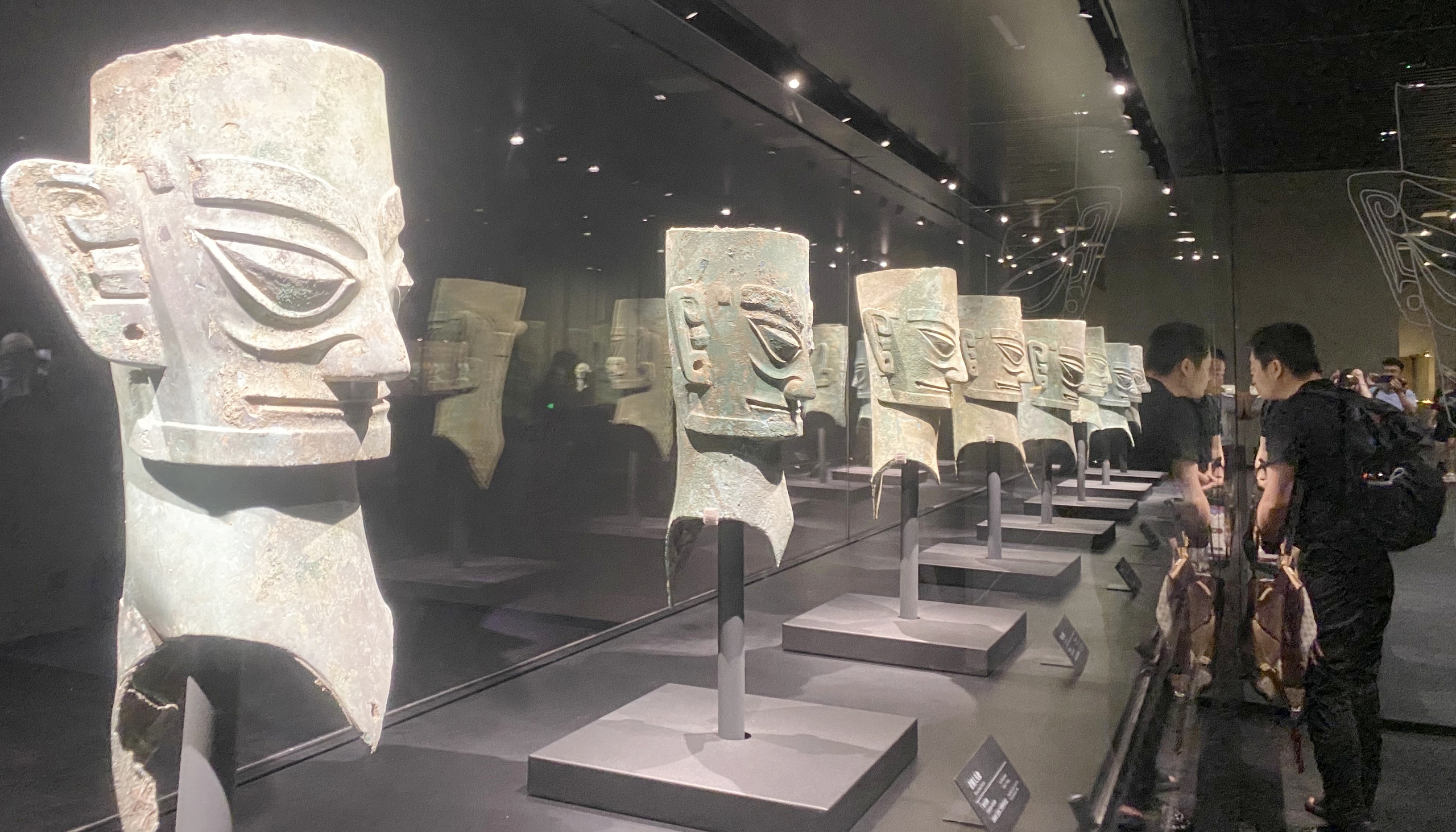
Bronze masks on display at the Sanxingdui Site Museum, China
PHOTO: HUA XUYEN HUYNH
"This is the largest bronze mask, so… it cannot be worn on the face. This medium-sized mask can be worn during a ceremony," the female museum guide led visitors through the mask display area. It was a bit magical standing in the middle of a space with bronze masks "arranged" in rows. Researchers realized that the Sanxingdui mask depicted a face completely different from that of a contemporary person. Big eyes, a flat and wide mouth, thick eyebrows, and even no chin. What that "half-smiling, half-angry" face, without any emotion, represented, who it depicted, and what it was used for… still had no final answer.
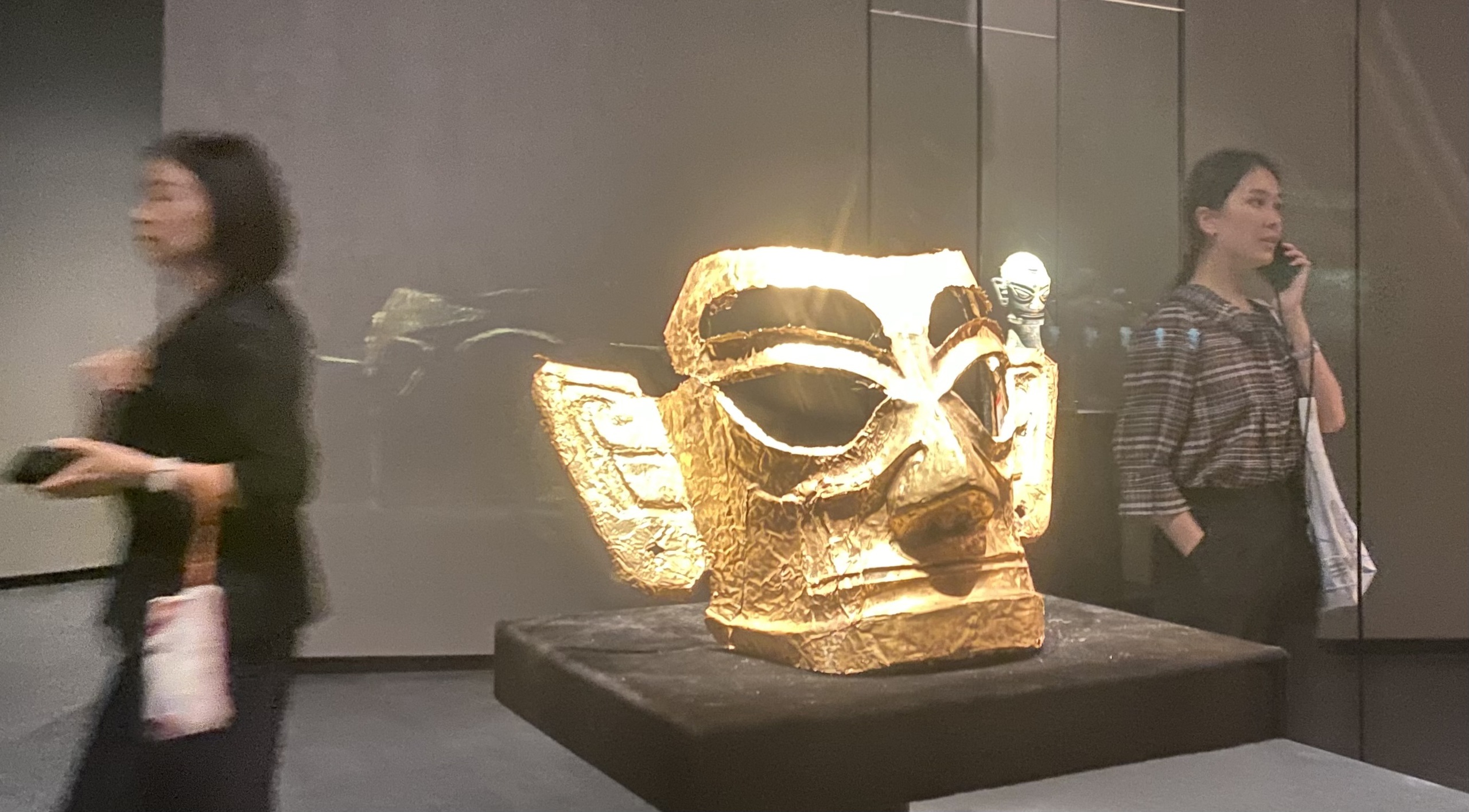
A particularly rare gold mask at the Sanxingdui Site Museum, China
PHOTO: HUA XUYEN HUYNH
Le Mi Binh, a female tourist from Da Nang City, was initially attracted by the three gold masks because of their sophistication and rarity. But then the strangeness of the bronze masks "stuck" with her. "They don't resemble human faces. The majority of people also suspect that these are the shapes of aliens," she said.
The sources that Ms. Le Mi Binh accessed also led to speculation about a mysterious civilization that had never been recorded in history books. Many experts were confused by the bronze masks, especially the largest mask excavated in 1986, which was very deformed: 138 cm wide, 66 cm high, with 2 cylinders "plugged" into the eyes that protruded 16 cm. Records about Cancong, or Tam Tung, the first king of the ancient Shu country, only helped to "relieve" part of the confusion. According to legend, this mythical king taught people to grow rice and had special eyesight. Therefore, experts speculate that this largest bronze mask was probably modeled after Tam Tung to praise him.
Leaving no records in ancient Chinese books, the Sanxingdui civilization seemed to have "fallen from the sky and suddenly disappeared without a trace", and even had surprising similarities with ancient Egyptian and Mayan civilizations. Until now, data on technology and especially the facial features shown on masks still leave a big question hanging: Is it a smile or some other expression?
"CEREMONIAL MASK" SUSPICION
There is another question mark also "left behind" the statue of Bodhisattva Tara, a national treasure ranked 19th in the list of 237 national treasures announced by the Vietnam Department of Cultural Heritage, currently kept at the Da Nang Museum of Cham Sculpture.
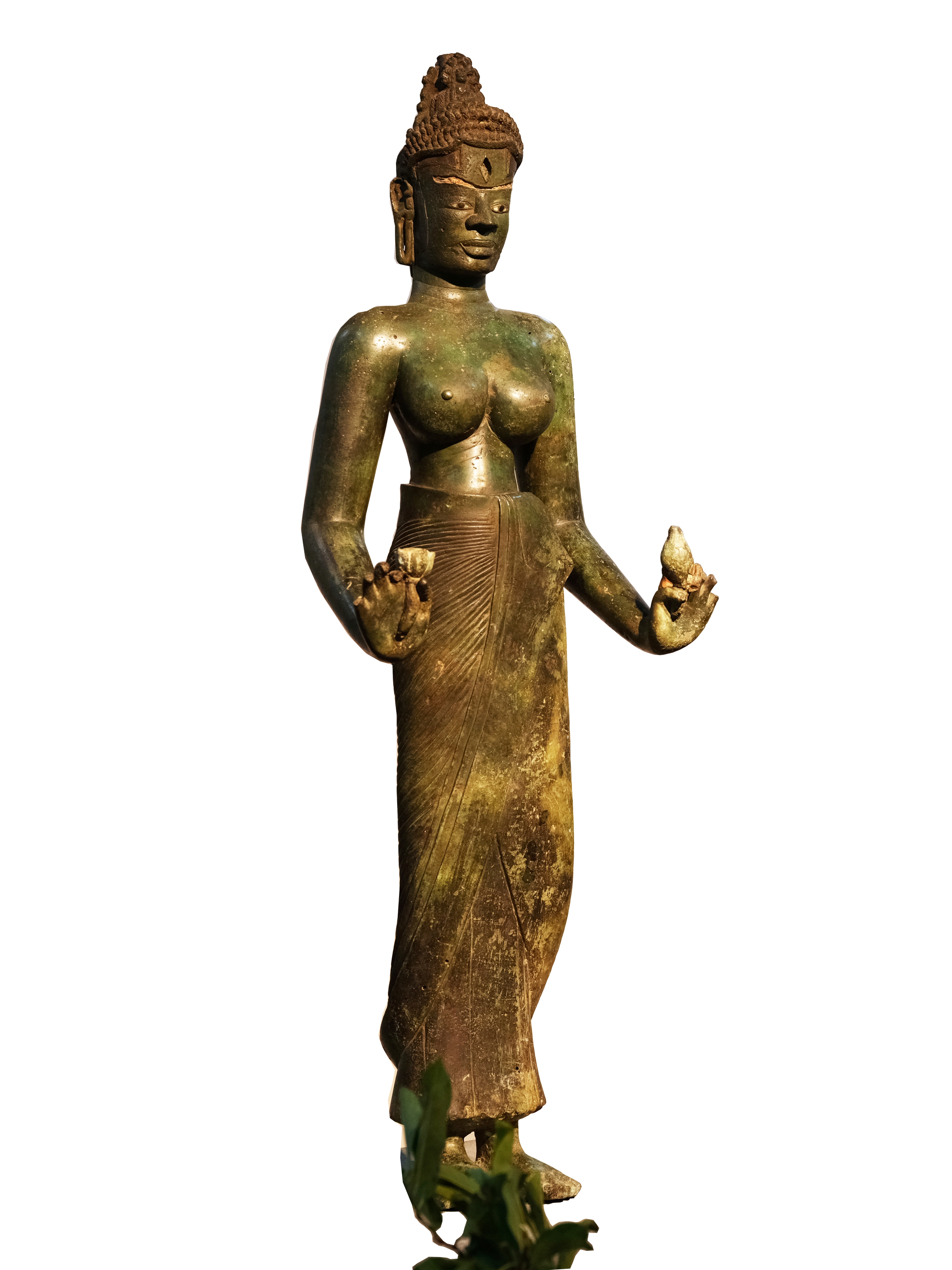
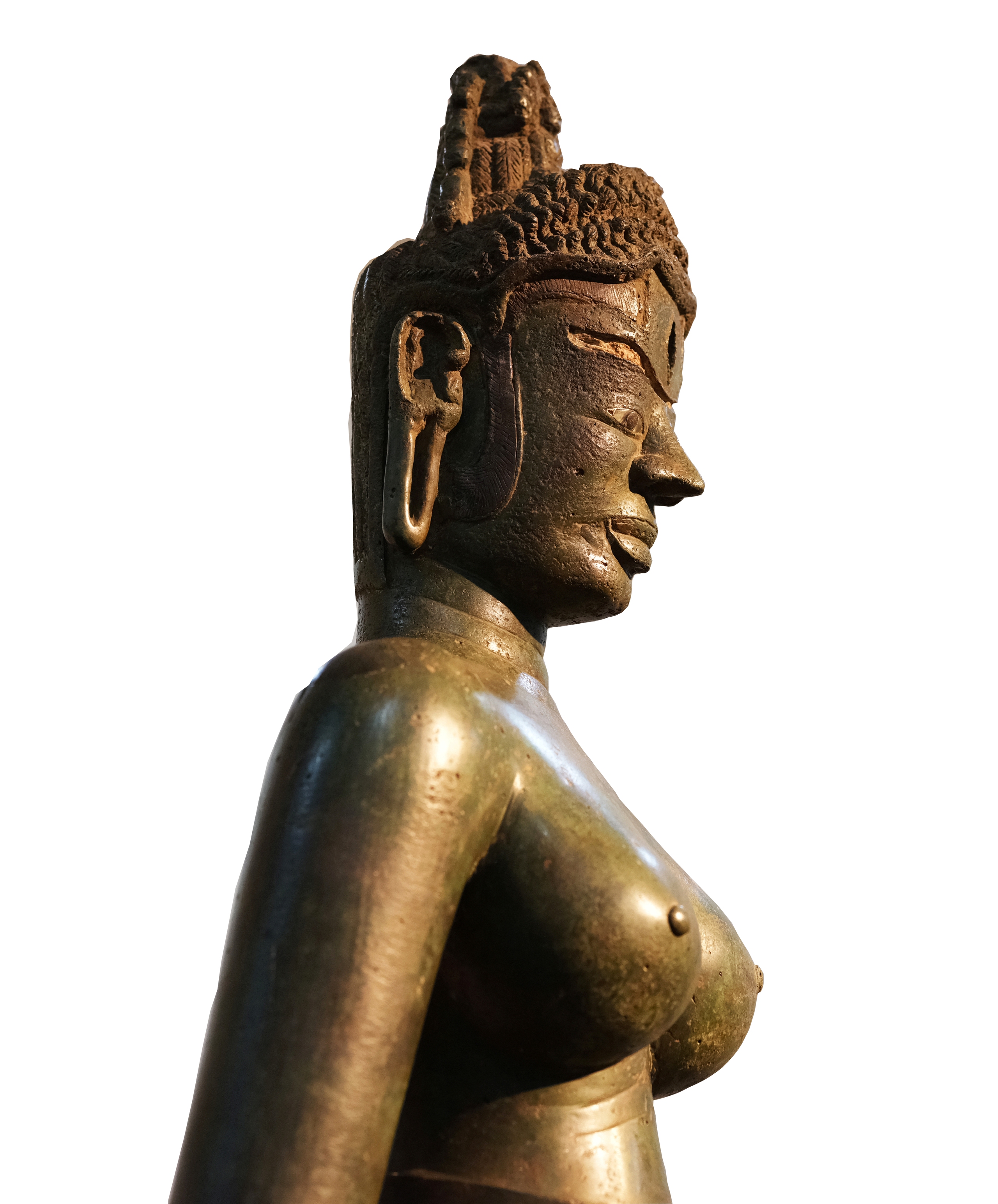
Bronze statue of Bodhisattva Tara kept at the Da Nang Museum of Cham Sculpture
The "brief history" of this treasure is quite interesting. In 1978, the statue was accidentally discovered by local people in the Dong Duong Buddhist Monastery area ( Quang Nam ); in 1979, it was first published in the Archaeology magazine. In 1981, it was brought to the Da Nang Cham Sculpture Museum and kept in a state of having its two hand-held magical instruments, including a lotus flower and a snail, broken off. In 1984 and 2005, researcher Jean Boisselier identified it as Tara, and researcher Trian Nguyen identified it as Laksmindra-Lokesvara.
In 2019, the local government handed over two sacred objects to the Quang Nam Museum. In 2023, the two sacred objects were restored to the Da Nang Museum of Cham Sculpture…
Previous studies and official descriptions in heritage records agree that the statue has a wide face, a short chin, a narrow and flat forehead, thick intersecting eyebrows, a wide mouth, thick lips with sharp lip edges, and hair braided into many small, upside-down buns and divided into two layers. This 9th-century statue deserves to be a representative artifact of the Dong Duong style - an important artifact of ancient Champa sculpture and typical of Bodhisattva worship at the largest Buddhist temple of the Champa kingdom...
Some later researches by Associate Professor Dr. Ngo Van Doanh (National Cultural Heritage Council), researcher Tran Ky Trung... also only focused on mentioning the title of Bodhisattva. "Flash" doubts were raised when discussing the strangeness in the appearance and facial features of Bodhisattva Tara. "Is Tara Dong Duong wearing a ritual mask?", architect Le Tri Cong, a Cham researcher in Da Nang, asked.
Having had doubts before, when he had the opportunity to directly contact the treasures during the event of restoring the two treasures to the Da Nang Museum of Cham Sculpture, Mr. Le Tri Cong became even more suspicious. According to him, Champa sculptures often depict goddesses and Bodhisattvas, always soft, in accordance with anthropology and anthropometry. As for the Tara Dong Duong statue, the part from the neck down shows a plump, soft feminine body like a real person...; but the head is stylized, angular, dramatic: high square forehead, high nose, slightly hooked, unusually large nostrils, sharp tip of the nose, wide open eyes looking straight ahead (even glaring), with a border at the neck...
Referring to contemporary Tara sculptures, Mr. Le Tri Cong said that Tara Dong Duong shows an unusual face. "From the above factors, we conclude that Tara Dong Duong wears a ritual mask, which has a deterrent effect in the esoteric rituals," he commented. Even on the same statue, there is a contrast: the lower body (from the neck down) is soft, the upper body is angular. "It is also difficult to draw a conclusion, but through comparison, I have some doubts," Mr. Cong said.
Researcher Ho Xuan Tinh, former Director of Quang Nam Museum, acknowledged the intuitive element of architect and researcher Le Tri Cong. However, from the perspective of iconography, Mr. Tinh believes that questioning the masks in Dong Duong style is unreasonable. Because in Dong Duong style, the faces of the statues always have a fierce expression...
More than a thousand years have passed and perhaps more time is needed for future generations to "decode" the message sent by the ancients.
Source: https://thanhnien.vn/bi-an-khuon-mat-nghin-nam-185241231163356171.htm


![[Photo] Panorama of the cable-stayed bridge, the final bottleneck of the Ben Luc-Long Thanh expressway](https://vphoto.vietnam.vn/thumb/1200x675/vietnam/resource/IMAGE/2025/9/30/391fdf21025541d6b2f092e49a17243f)
![[Photo] General Secretary To Lam, Secretary of the Central Military Commission attends the 12th Party Congress of the Army](https://vphoto.vietnam.vn/thumb/1200x675/vietnam/resource/IMAGE/2025/9/30/9b63aaa37ddb472ead84e3870a8ae825)
![[Photo] Solemn opening of the 12th Military Party Congress for the 2025-2030 term](https://vphoto.vietnam.vn/thumb/1200x675/vietnam/resource/IMAGE/2025/9/30/2cd383b3130d41a1a4b5ace0d5eb989d)
![[Photo] President Luong Cuong receives President of the Cuban National Assembly Esteban Lazo Hernandez](https://vphoto.vietnam.vn/thumb/1200x675/vietnam/resource/IMAGE/2025/9/30/4d38932911c24f6ea1936252bd5427fa)
![[Photo] The 1st Congress of Phu Tho Provincial Party Committee, term 2025-2030](https://vphoto.vietnam.vn/thumb/1200x675/vietnam/resource/IMAGE/2025/9/30/1507da06216649bba8a1ce6251816820)





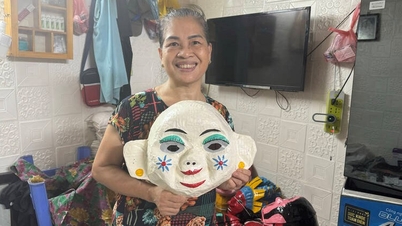



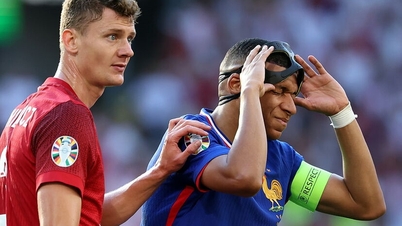

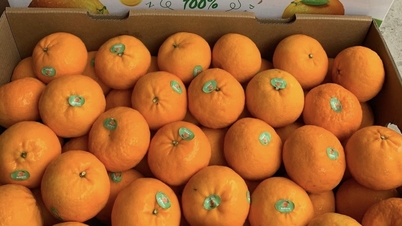


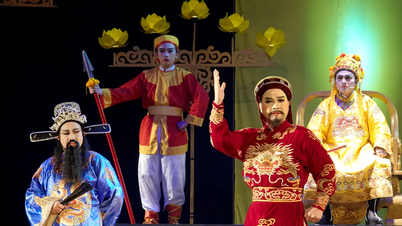

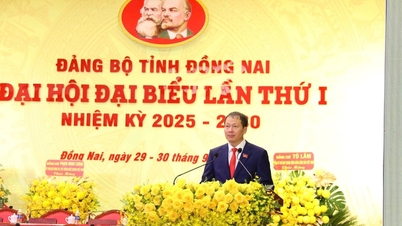


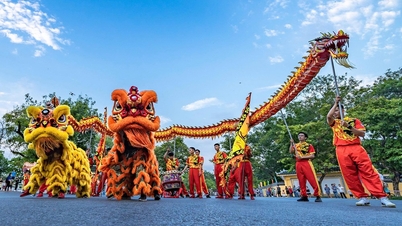







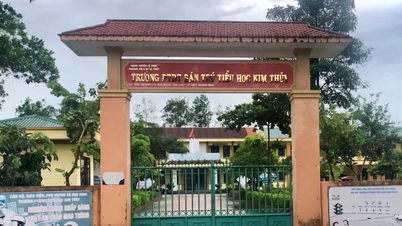
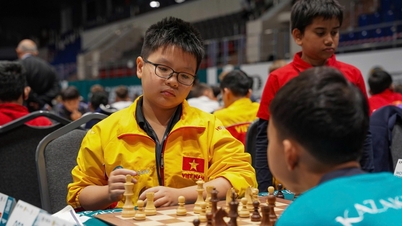
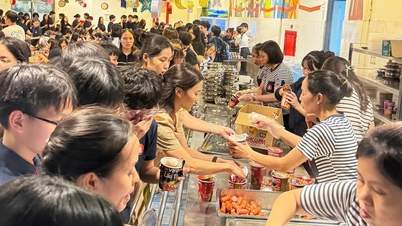
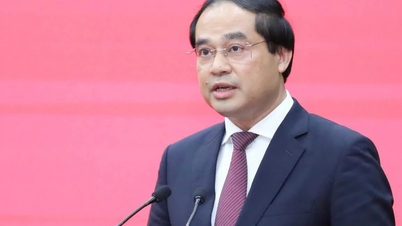
































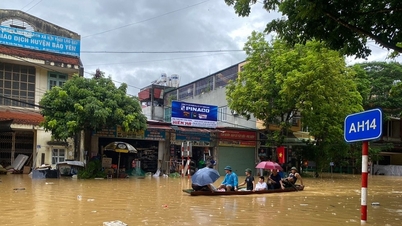











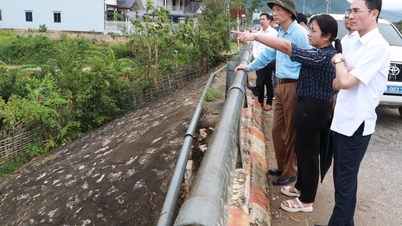
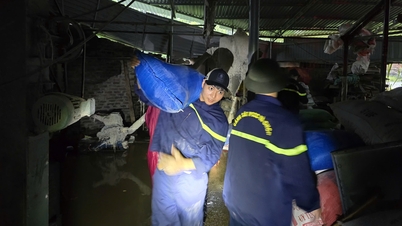

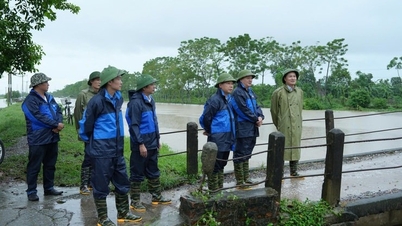


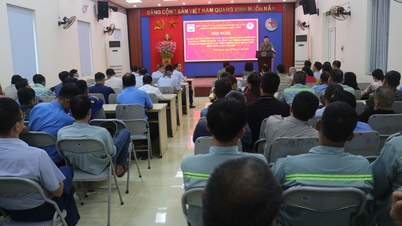
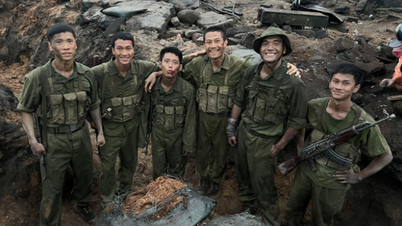











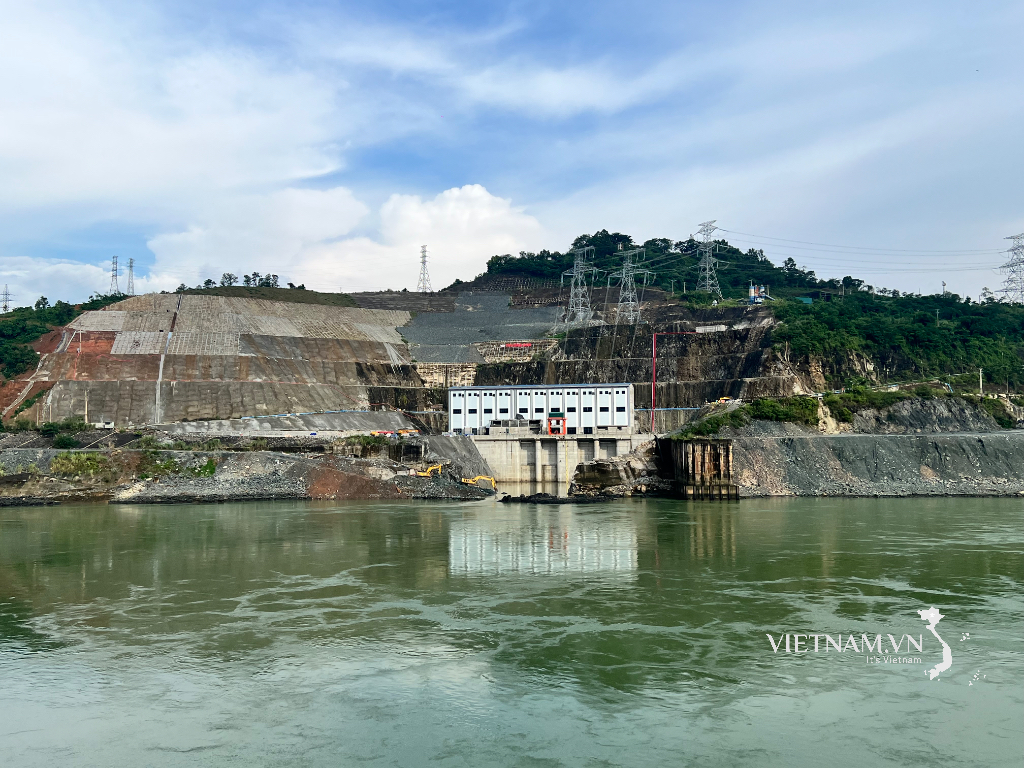



Comment (0)